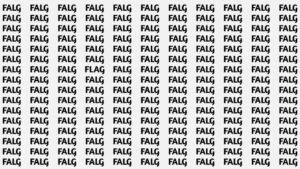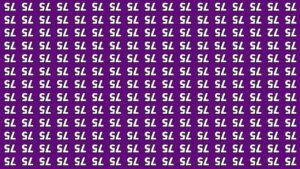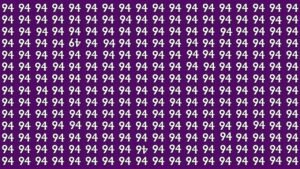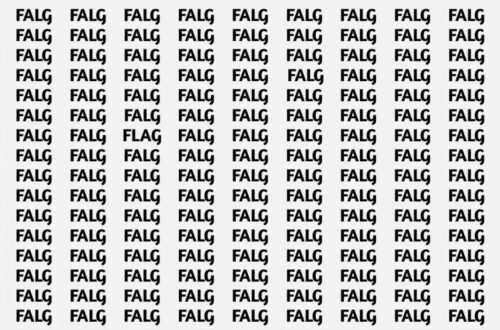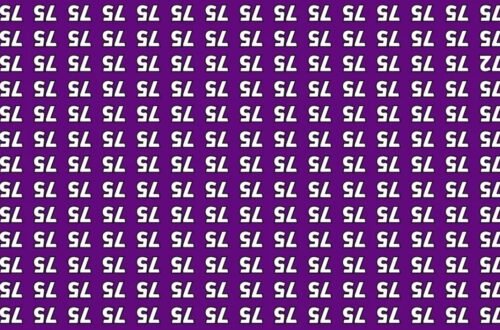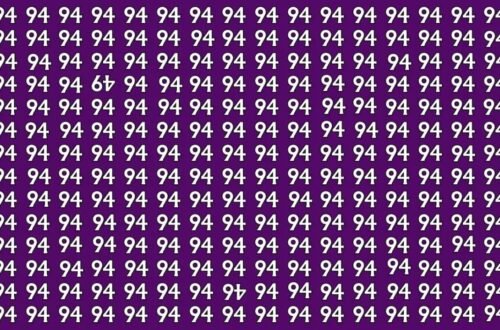A viral optical illusion is challenging people worldwide: spot the hidden ‘K’ inside a crowded field of Rs in just 5 seconds. Sounds simple, right? Not quite.
According to the challenge, only 1 in 10 viewers succeed on their first attempt.
Below, you’ll learn why it’s hard, how to solve it faster, and what brain skills you’re building along the way.
What Is This Optical Illusion Challenge?
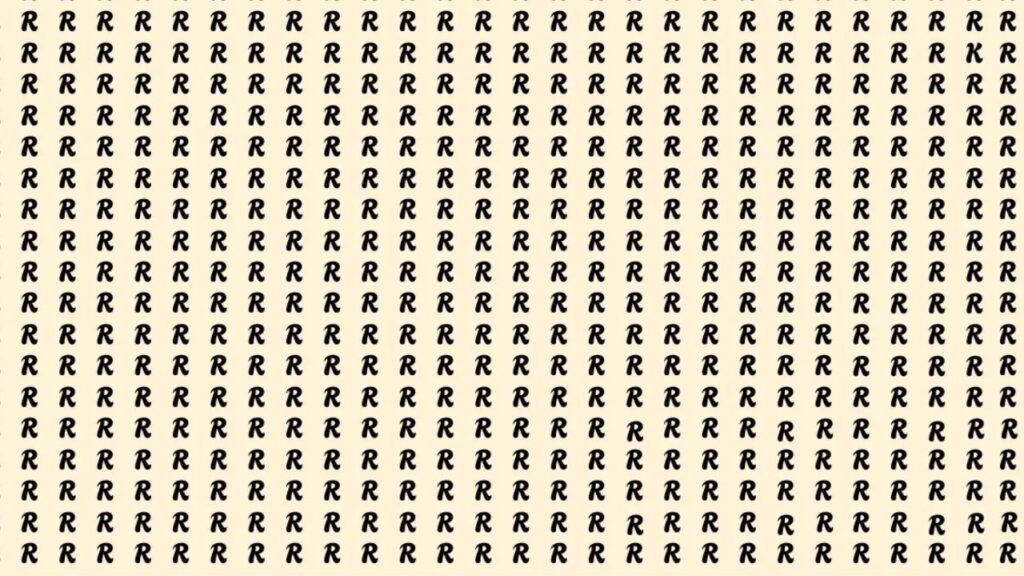
In this puzzle, you see a dense grid of the letter R, with one sneaky ‘K’ camouflaged among them. Your goal is to find the ‘K’ within 5 seconds.
The tight spacing, uniform font, and high density of characters force your brain to rely on rapid visual search and pattern recognition.
Why It’s So Hard
Your brain scans for distinctive features—in this case, the diagonal leg that turns an R into a K.
But when letters are packed together, you face visual crowding: neighboring shapes blur into a mass of similar forms.
With only 5 seconds, your eyes can make just a handful of fixations, which makes a targeted strategy essential.
Proven Strategy To Spot The ‘K’ Faster
- Divide The Grid: Mentally split it into quadrants. Search one quadrant at a time to avoid aimless scanning.
- Scan For Diagonals: Don’t “read” letters. Instead, hunt for a diagonal stroke—that’s the giveaway for ‘K’.
- Use A Zig-Zag Path: Move left-to-right on one row, then right-to-left on the next to reduce missed spots.
- Adjust Focus: Let your peripheral vision flag odd angles, then snap your focus to inspect.
- Time Yourself: Try 5-second bursts to train speed and accuracy.
Challenge At A Glance
| Item | Details |
|---|---|
| Task | Spot the hidden ‘K’ among many Rs |
| Time Limit | 5 seconds |
| Claimed Success Rate | ~10% (Only 1 in 10) on first attempt |
| Core Skills | Visual search, pattern recognition, attention control |
| Best Strategy | Quadrant split, diagonal-stroke scan, zig-zag path |
| Difficulty | High (due to crowding and similarity) |
| Training Tip | Practice with short timed reps and vary grid layouts |
Solution: Exact Location Of The Hidden ‘K’
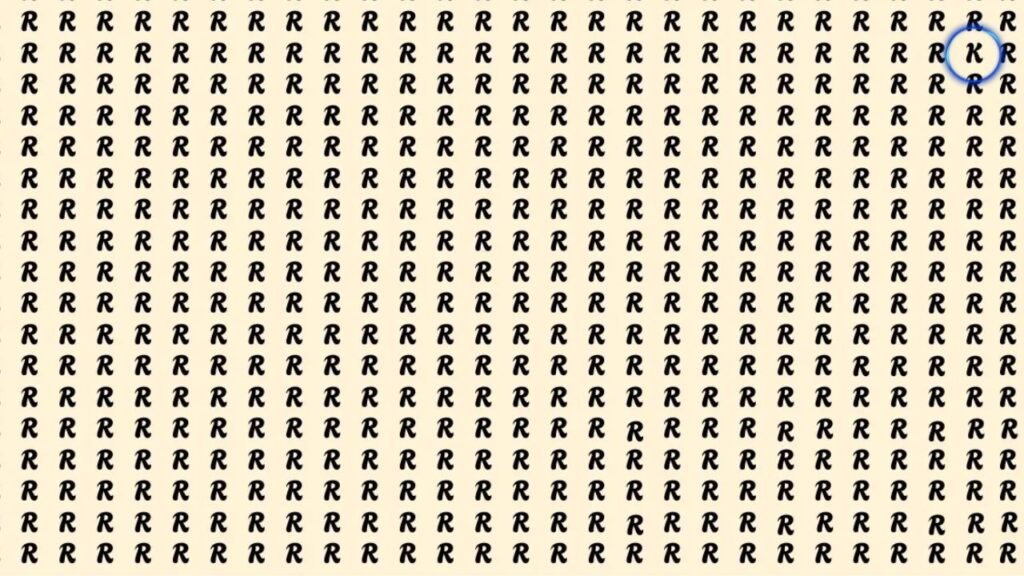
The ‘K’ is in the top-right quadrant of the grid—second row from the top and second column from the right. If you scan the upper-right area, you’ll spot the sharp diagonal strokes that distinguish K from R (it’s the one circled in blue in your image).
How This Puzzle Boosts Your Brain
Frequent attempts strengthen attention control and processing speed.
You’re teaching your eyes and brain to collaborate: quickly filter irrelevant lookalikes (the Rs) and promote the target feature (the K’s diagonal).
Over time, your reaction time improves and you’ll rely less on letter-by-letter checking.
How To Practice And Improve
- Start Big, Then Shrink: Begin with a larger K or a smaller grid, then scale difficulty.
- Change Fonts & Spacing: Mix bold, thin, serif, and sans-serif to prevent overfitting to one style.
- Track Your PB: Record your personal best time and aim for consistent sub-5-second solves.
- Rest Your Eyes: Short breaks reduce visual fatigue, improving accuracy on repeat trials.
The Hidden ‘K’ Among Rs is a deceptively simple brain teaser that pressures your visual search system with a strict 5-second limit.
By splitting the grid, scanning for diagonals, and using a disciplined zig-zag path, you can push past the only 1 in 10 barrier.
Keep sessions short, tweak the layout, and track progress—your pattern recognition, attention control, and reaction speed will all improve over time.
FAQs
Is The “Only 1 In 10 Succeed” Rate Accurate?
It’s a widely shared difficulty claim for this challenge. Your own success rate will vary with grid density, font, spacing, and practice level.
What’s The Single Best Tip To Find The ‘K’?
Focus on diagonal detection. The K has two diagonals, while R shows a curved leg—train your eye to catch that sharp angle quickly.
How Often Should I Practice To Improve?
Short, daily 2–5 minute sessions work best. Use timed drills, vary layouts, and review your search path for blind spots.


